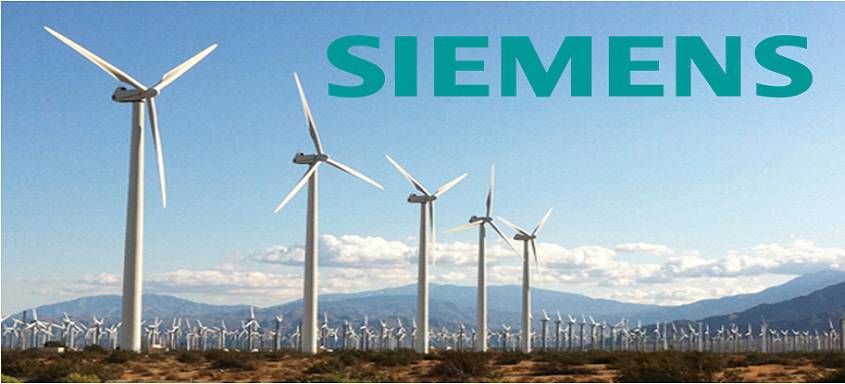Siemens Gamesa Renewable Energy released its results for the first quarter of fiscal 2018 (October-December) ; financial performance was in line with the guidance for the year, and commercial activity was strong in all business units. Between October and December, the company received orders for 2.8 GW of turbines (+29%), driven by both the onshore business (+19%) and the offshore business, where orders practically doubled.
The quarter saw strong progress with the post-merger integration. Decisions about the product portfolio have been made. The first post-merger models of wind turbines have been presented to the market: SG 4.2-145 for onshore and SG 8.0-167 DD for offshore. In fact, the company has already received its first order for the latter model from Vattenfall.
Financial performance between October and December was in line with the guidance for 2018 (revenues €9-9.6 billion, and an EBIT1 margin of 7-8%), which factors in a decline in onshore prices, expected seasonal fluctuations in the business (higher activity in the second half), and the effect of synergies.
In line with projections for the fiscal year, the group’s sales during the first quarter amounted to €2,127 million (-23%).
EBIT pre PPA, restructuring and integration costs1 in the quarter amounted to €133 million, and the margin1 was 6.3%. The company reported a net income of €-35 million due to restructuring and integration costs, the non-cash impact of the US tax reform on the value of tax assets, and amortisation of the PPA.
Strong commercial activity
The company maintained the positive trend of the previous quarter and accelerated commercial activity in both the onshore and offshore segments, as reflected in the robust order intake of 2.8 GW (+29%), providing 80% coverage of expected onshore sales and fully covered in the case of offshore. India made a strong contribution after resumption of activity in this market. The company expects the Indian market to stabilise in 2018 and normalize in 2019. There was also a strong influx of orders from the US as well as from such countries as Denmark, Thailand and Egypt.
Offshore order intake was also strong, firming the company’s world-leading position in this segment. In fact, offshore order intake doubled with respect to the same quarter of the previous year.
Good prospects for the industry
The energy transition ensures good long-term prospects for wind power. The International Energy Agency estimates that wind’s contribution to the energy mix will rise from 4% in 2016 to 17% by 2040. One factor driving this growth is wind’s competitiveness, as it has actually underbid conventional fossil fuels in some recent auctions.
The European Parliament has just approved a goal of 35% renewable energy by 2030, providing a stable long-term regulatory framework to assist in achieving the climate goals.


































